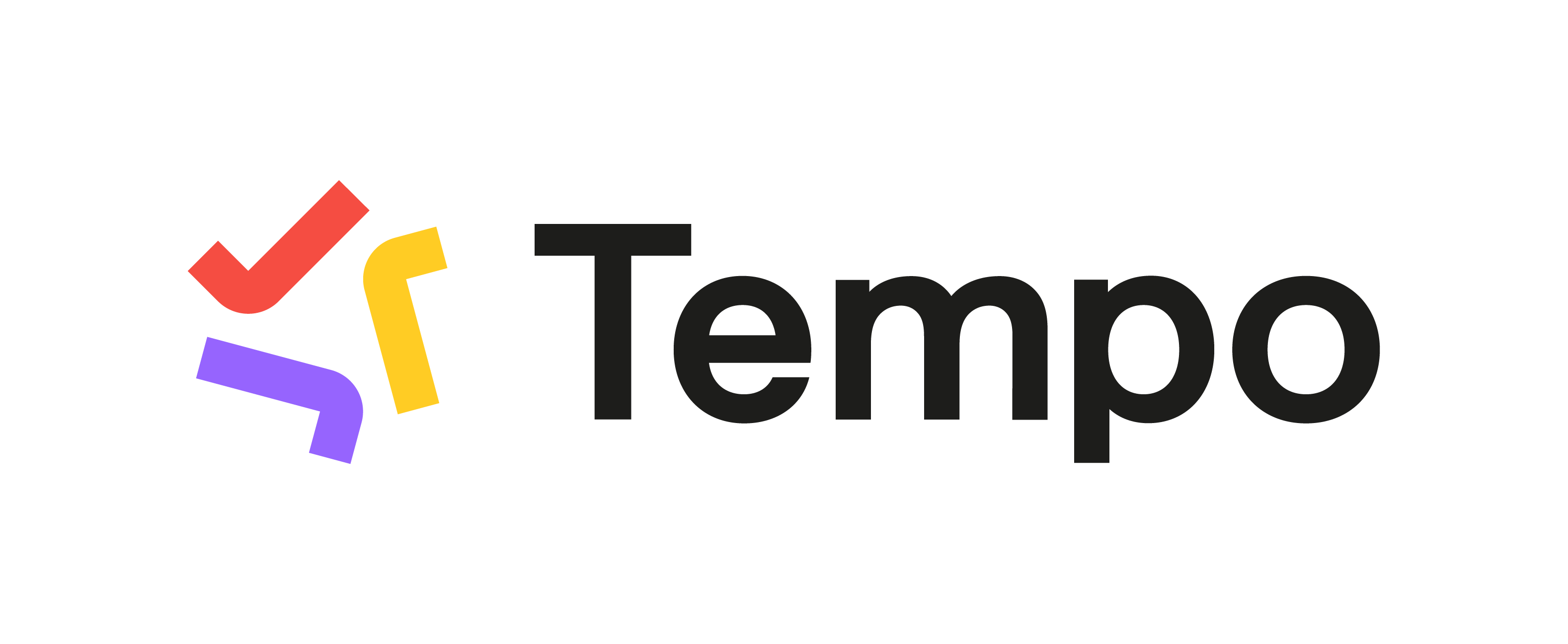Tempo Budgets cannot be migrated to Financial Manager: they are two different apps.
On both Jira Cloud and Jira Data Center, Tempo has provided different ways to calculate cost and revenue within different Tempo apps: Financial Manager, Timesheets, and Budgets. If you have migrated from Jira Data Center to Cloud, this article will help you understand the differences in behaviour of Tempo features between the two hosting platforms.
This article focuses on comparing Financial Manager on Cloud versus Tempo Budgets on Data Center.
Similarities:
Tempo Budgets and Financial Manager both use Jira filters (JQL) to create scopes for a project/folio. Both apps can use Tempo Accounts in Tempo Timesheets, and both have flexible rates with effective dates.
Differences:
Financial Manager on Cloud
-
Requires Tempo Timesheets
-
Uses Tempo Worklogs
-
Projects and project portfolios
-
Expenses in Financial Manager Project
-
Dynamic Teams and Financial Manager Roles
-
Global role rates and project role rates
-
Cost = worked hours X cost rates
-
Revenue = billable hours X billing rates
-
One project with 2 types of rates: cost and billable
-
One project with multiple Accounts
-
Accounts with Billing Rates tables
-
Export raw data reports
-
Budget Milestones
-
Financial Manager Project permission
Tempo Budgets on Data Center
-
Stand-alone app
-
Uses Jira or Tempo Worklogs
-
Folios
-
Expenses in Jira issues
-
Tempo Teams and Team Roles
-
Global Cost rates by User and by Role (Global)
-
Folio user rates
-
Cost by worked hours
-
Set Baseline/Lump Sum
-
Portfolio/folio permission
1. Financial Manager on Cloud
The similar function of cost and revenue reports is provided through global role rates and project role rates by Financial Manager. Financial Manager provides global rates on Financial Manager Roles for all Financial Manager projects. If necessary, a Financial Manager project can also define its local project Roles, but Financial Manager roles can be different roles assigned in Tempo Teams.
Financial Manager does not use Tempo Teams to define project members, but instead uses dynamic Teams where all users who have logged time on the issues within the project scope are automatically part of the Financial Manager project’s members. Also, Financial Manager Roles defined for cost/billing rates do not affect Tempo Teams.
It’s not possible to assign multiple roles rates for the same user on the same Financial Manager project. Project managers need to create a separate Financial Manager project to assign different rates for a user with different roles. However, it’s possible to set up different user rates for different timeframes.
2. Tempo Budgets on Data Center
Tempo Budgets can use Tempo Teams, Team Roles and Account Price Table in the folio as Tempo Teams and Accounts are core features that come with all Tempo plugins.
Or it can use Cost Rates by User/Role to calculate the cost and revenue in the global configuration. Cost Rates by User has precedence over Cost Rates by Role. Once the cost rate by user is set for a particular user, this user’s rate will be set globally regardless of the roles assigned in the folios. Cost rate by user is only available on Tempo Budgets, and not available on Financial Manager.
Within the folio, it’s also possible to define how the cost rate of the user will vary over time. Each entry specifies a date at which the cost rate will become effective.
What’s available on one but not the other:
Only Financial Manager on Cloud has:
-
Time-based Projects
-
Project Approvals by period
-
Portfolio Timelines
-
Planned hours from Planner
Only Tempo Budgets on Data Center has:
-
Earned Value Management (EVM)
-
Archive Portfolio
-
Effort field (EVM)
-
Workload & Holiday schemes per folio
-
Currencies & Exchange Rates
-
Overtime Rules
-
Gadgets
-
9 different Reports (Print & Export)
